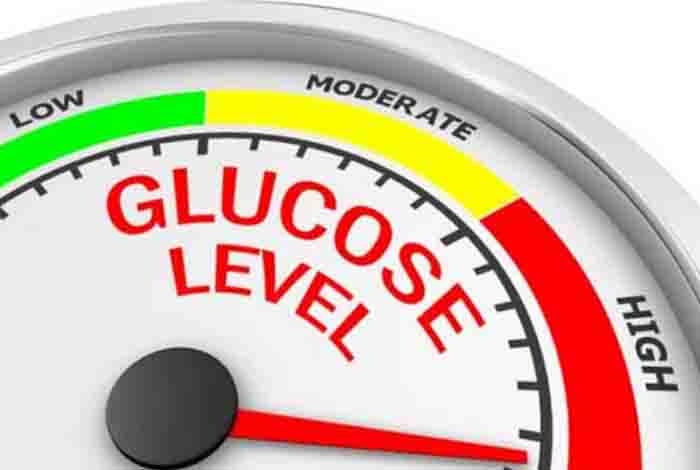Think about the times when you didn’t have diabetes. Your body was able to manage itself. You could eat anything and whether you exercised or not didn’t really matter. But when you have diabetes, the levels of blood glucose can be too high and too low.
You must take care of what types of food you consume, how much time you spend in physical exercise if you are taking your medicines on time, and many such factors that can lead to higher or lower levels of blood glucose. It is important to keep the blood glucose in the target range for staying healthy and preventing health issues related to kidneys, heart, and other important organs.
How to Control High and Low Blood Glucose?
There are several factors that can affect your blood glucose. It is important to learn about how you can manage it. Hyperglycemia happens when there is excess glucose in blood. Hypoglycemia is when blood glucose levels are too low. The levels may be less than 70 mg/dL. Also, ask your doctor about your own blood glucose target and what would be considered as too low or too high.
Causes of Hyperglycemia
- Eating too much
- Not exercising enough
- Being stressed because of some illness like cold or flu
- Feeling stressed because of some family conflicts, or work pressure
- Forgetting to take medicine
Symptoms of Hyperglycemia
- Excessive thirst
- Periodic urination
- Unusual fatigue
- Foggy vision
- Blood glucose level above the target range
Speak to your doctor about what should be done in case of high blood glucose. Drink enough water to remain hydrated. Do not miss a dose of medicine. Write down your blood glucose levels and the reason what may have caused it. If your blood glucose levels are high, you should consult a dietitian about having a meal plan. If modifications in meal plan and exercise don’t help, let your doctor know about it. He may change your medicine.
Causes of Hypoglycemia
- Eating less food than usual
- Too much exercise
- Diabetes medicines like insulin or other medicines that help pancreas secrete insulin
Signs of Hypoglycemia
- Shaky feeling
- Nervousness or anxiety
- Chills, sweating, heaviness
- Irritation, mood swings
- Fast heartbeat
- Feeling of confusion
- Dizziness or light headedness
- Feeling sleepy
- Pangs of hunger and nausea
- Energy less, tired, and weak
- Blurred vision
- Tingling sensation in cheeks, tongue and lips
- Issues related to coordination
- Headaches and seizures
- Nightmares
How to Deal with the Symptoms?
If you show signs of hypoglycemia, follow the 15-15 rule
- Check your blood glucose
- If the level if 70 mg/dL or less, eat 15 gm of carbs to increase the blood sugar level. This could be
- 4 tables of glucose (4 gm each)
- 1 glucose gel tube (15gm per tube)
- 4 ounces of juice or regular soda
- 1 tbsp of honey, sugar, corn syrup
- Again, check your glucose levels after 15 minutes. If it still reads less than 70 mg/dL, take 15 gm of carbs
- Check after 15 minutes and keep repeating the procedure till the level is less than 70 mg/dL
Note down your blood glucose levels in a logbook and try to find out the reason as to why it happened. This will help you find ways to avoid low blood sugar.
Right Time to Check Blood Sugar Levels
You may be required to check blood sugar levels at periodic intervals. Note them down so that you can show it to the doctor. This is important as this will help the doctor understand how changes in meals, medicine, and exercise are making the blood sugar levels fluctuate. This will help formulate the best treatment plan.
Time when you should check your blood glucose:
- In the morning before you eat or drink. This is known as fasting blood glucose
- Before going to bed in the night
- Middle of the night. This will help you evaluate if the medicine is working or it needs to be changed
You may want to check in pairs:
- Check your levels 2 hours before and after a meal to understand if the meal has changed your numbers. Different foods will give different results.
- Check before going to bed and after waking up in the morning. This will help you know whether medicine is working or not.
- Keep check of levels before and after exercise to observe how activity is changing the blood glucose levels.
Blood Glucose Tests
A1C is a blood sugar test that gives you the average blood glucose levels for the past two or three months. This test calculates how much glucose in the blood gets attached to red blood cells. As new blood cells are being produced to replace old ones, AIC can be altered with time as blood glucose levels change.
EAG is related to A1C and gives average blood glucose. For example, if A1C is 7%, then EAG is 154 mg/dL.
Target for A1C or EAG
The target for most adults is 7% A1C or 154 mg/dL eAG.Dr. Andrew Weil Your doctor may give you an individualized lower or higher target. If you manage the levels, you can lead a healthy life. You can use this information to develop a unique treatment plan that works for you.
